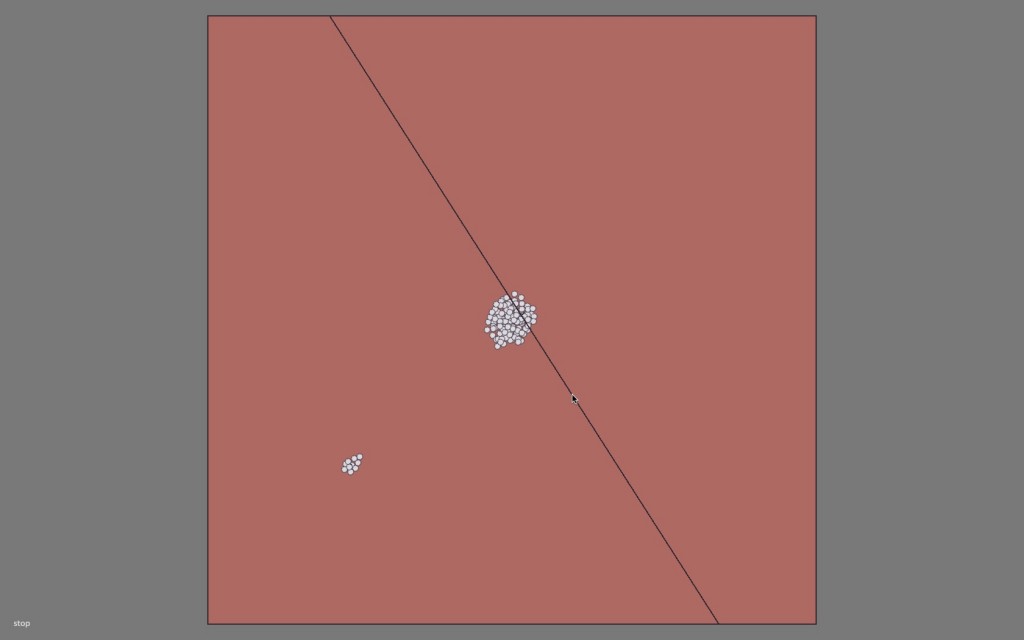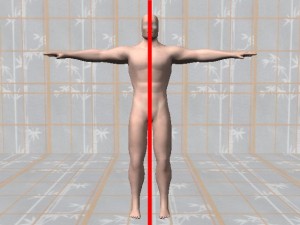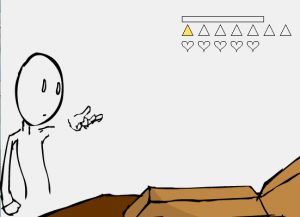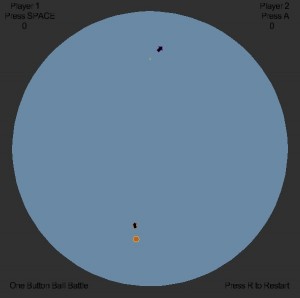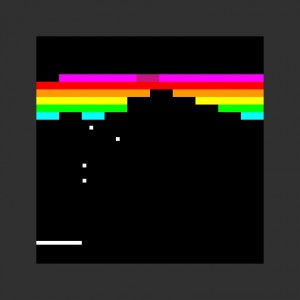Play Your City Challenge:
My experience with the City of Play was rather interesting. I began by doing the Play Your City challenge, which started off very interesting. We first got into groups, and then held a brainstorming session to come up with a way to make the city “playable.” There were some really interesting ideas generated from our brainstorm, however most would require much more time and resources than we had at our disposal. I felt like we settled with a “doable” idea because we wanted to get something done in the couple of hours that we had, rather than exploring the really cool ideas more thoroughly. We ended up putting posters in certain locations that encouraged people to take a picture and tag it with a certain hashtag on twitter. The idea was to get people involved with the city and with other people that might visit the same places, but there was no real incentive to taking a picture and I don’t think anyone actually did.
Other Games:
After this, I played a few other games, but the one I found most interesting was the “Witness Protection” game. In this game, cards were handed out to a large group of people, and each person was assigned a role depending on what card they received. There was one witness, which happened to be me when I played, as well as a group of people trying to protect the witness, and a group of townspeople. Hidden among the townspeople was a murderer. It was the job of the witness protection group to hide me and keep the murderer from finding me. If 1/3 of the townspeople found me and hid with me, the game would be won, but if the murderer found me we would lose.
It seemed like a similar game to “mafia” (which is, if you don’t know it, a spoken-word game played in a turn based manner, where the hidden mafia try to kill the townspeople without being killed themselves). However, because this Witness Protection game was not turned based and involved a physical space, it seemed to have the potential to be more exciting.
Unfortunately, the game was rather boring for me as the witness. I hid in the bushes for a while, joined by one member of the townspeople before the murderer eventually found us. I think the other players of the game were a bit reluctant in some ways, due to the rules of the game not being very well explained. I think, if the person in charge of running the game had known the rules very well, instead of being a bit confused like the players, the game might have been very fun and strategically interesting.
I think the small problems I noticed were not with the game necessarily, but with the planning. And I noticed this with the various other games I played as well. As a fun experiment I think the games were great and I had a lot of fun trying them out. On the other hand I think the organization could be improved to provide a more satisfying overall experience. One example is the Roaming Gnomes game, which I thought was a very cool social game, requiring people to interact and talk to each other to translate their directions. While the game was fun, the process of checking whether or not the players had succeeded was a bit slow and, at the end of one game, was entirely off. Apparently the answer key for this particular game had been lost or incorrectly printed. Playing through an entire round, only to be told that you “probably” did well was a bit unsatisfying.
Overall, it was cool to experience new games with strangers. Usually, when playing a game (especially one where social aspects such as talking or strategizing are the focus), I am at least a little familiar with the people that I am playing with. Being unfamiliar with the people as well as the games made for an interesting experience, and I enjoyed it.

